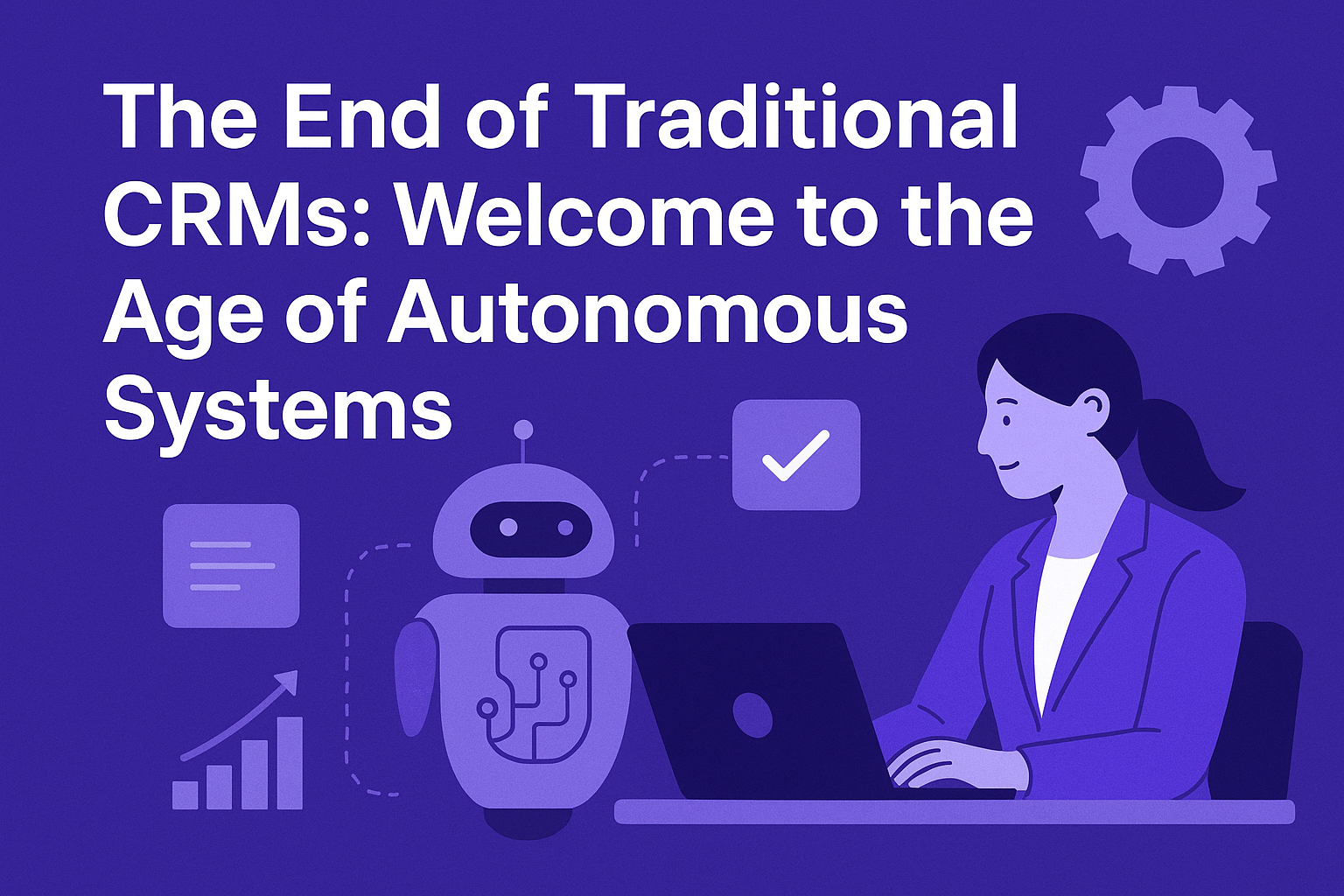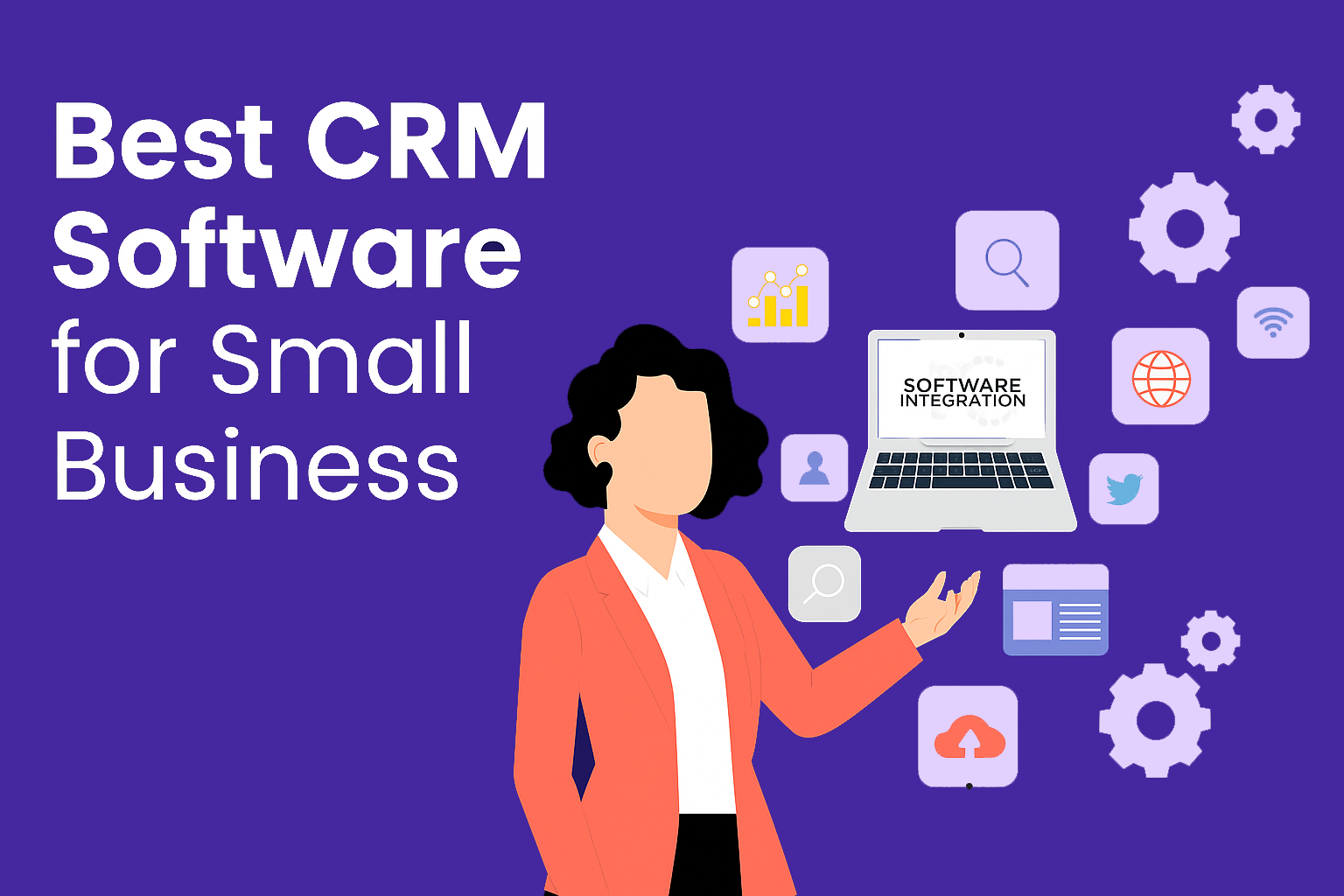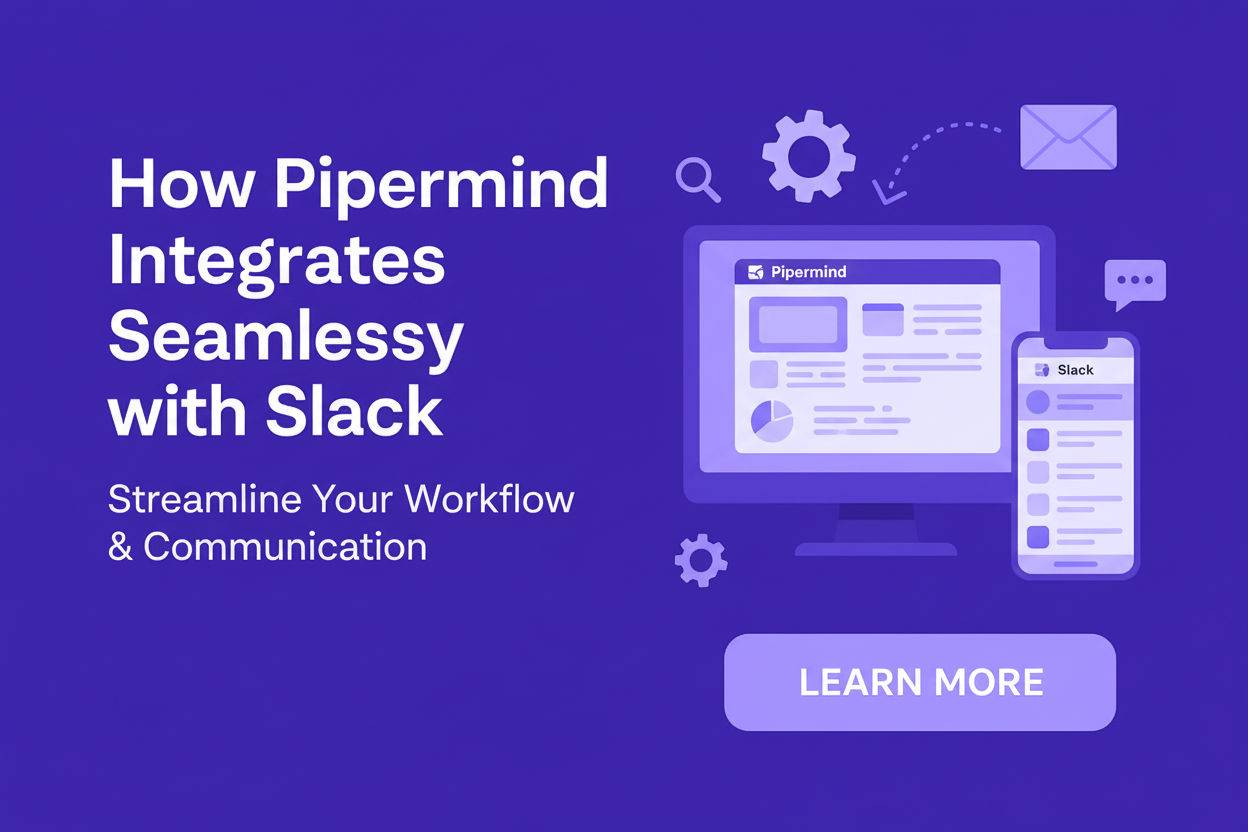The CRM Revolution Has Begun – Are You Still Typing Notes?
Welcome to a pivotal moment in the evolution of sales & customer-relationship management. The era of manually logging meetings, chasing follow-up emails, and wrestling spreadsheets is ending. The era of autonomous CRMs, powered by AI and designed to think, act, and learn is here. In this “bottom-of-the-funnel” piece, we’ll explore why the future of CRM is no longer about adding yet another tool, but about shifting your entire workflow to an autonomous system that actually works for you.
Introduction to Next-Gen CRM
In decades past, customer relationship management was about storing contacts, tagging leads, and tracking opportunities. A deal-pipeline here, a task there. But what if that system did more than store? What if it could anticipate, suggest, execute, and optimise without you spending hours typing notes and chasing tasks?
That transition is the paradigm of autonomous CRM. Instead of you prompting the system (“log this meeting”, “schedule that follow-up”), the system prompts you (or better yet, acts) to keep deals moving, service times down, and customers delighted.
This shift brings enormous implications:
- You stop being the “data entry clerk” and instead become the strategic closer.
- Your CRM becomes a partner, not just a repository.
- Your workflows become leaner, faster, more predictive less reactive.
As the market moves toward this model, you need to ask: are you still typing notes? Or are you letting your CRM do it for you?
The Flaws of Legacy Systems
To understand the revolution, let’s first diagnose the problems plaguing the old guard.
2.1 Manual data entry & low adoption
Legacy CRMs rely heavily on humans to input information: meeting notes, next-steps, call outcomes. That creates friction:
- Sales reps view it as extra admin, not value-add.
- Data gets stale, incomplete, inconsistent.
- The system becomes a compliance burden, not a productivity tool.
As one study notes: “Most companies have only experienced a limited number of the benefits of CRM technology and are still grappling with integration and data consolidation challenges.”
2.2 Siloed workflows & fragmented touch-points
Older CRMs were built around recording rather than connecting. Marketing, sales, service often had separate modules or even separate systems; the customer journey remained fractured.
The fallout? Missed signals, duplicated efforts, lost opportunities.
2.3 Reactive, not proactive
Traditional CRMs excel at logging what’s been done, but struggle to recommend what should be done next. Lead scoring often still depends on intuition, not intelligent prediction.
2.4 Slow decision-making and limited insight
The volume of data—from email, calls, customer service, social media—is exploding. A human simply cannot process it all in real-time.
As one academic piece puts it:
“We propose a vision and path for the paradigm shift from Customer Relationship Management (CRM) to the new paradigm of Information Fusion (IF) … it reduces the burden of manual data entry and enables more reliable, comprehensive and up-to-date data and knowledge.”
2.5 Opportunity cost
When your team is stuck typing notes and updating fields, they’re not building relationships, closing deals, or innovating. That time cost adds up fast.
——
Given all of these pain points, you can see why companies are looking for the next generation of CRM not just a nicer UI, but one that fundamentally changes how work gets done.
3. Rise of AI-Native Tools & Autonomous CRM Systems
If legacy CRMs were analogue in a digital world, this new generation is all-in on automation, intelligence, and autonomy. Let’s break down what’s driving this shift and what it means for businesses ready to make the leap.
3.1 What is an autonomous CRM?
“Autonomous CRM” means the system doesn’t just record; it acts. It combines data, AI, workflow-orchestration and triggers to:
- Automatically update records from emails/call transcripts.
- Prioritise leads based on scoring models that learn from history.
- Trigger follow-up tasks, nudges, or automated actions.
- Recommend next-best-actions to reps, or even execute them.
- Provide predictive insights: churn risk, upsell opportunities, service delays.
According to one analysis:
“Today, we have autonomous CRM systems that go beyond mere data analysis and recommendations; they take independent actions to optimise customer relationships with minimal human oversight.”
3.2 Why now? Key enablers
- AI & Machine Learning: Large volumes of engagement and customer behaviour data can now be processed, patterns found, predictions made.
- Intelligent Automation (RPA + AI): Tasks like lead assignment, follow-up scheduling, data verification can now be automated.
- Omnichannel data streams: Customers now engage via email, chat, social, phone, IoT devices feeding richer data into CRM.
- Cloud + API ecosystems: Faster integrations, real-time data flows, modular architectures make autonomous workflows feasible.
- Shift in mindset: From viewing CRM as a “database” to seeing it as a “business engine” that drives growth and experience.
3.3 What the data says
- By 2025, around 70% of CRM systems are expected to integrate AI features.
- Autonomous actions are expected to reduce sales cycle lengths, boost productivity, and cut customer acquisition cost.
3.4 Real-world changes you should expect
- Automatic note-taking & summarisation: Your system listens (or reads transcript) and creates meeting notes, action items. No manual typing.
- Next-best-action recommendations: Sales rep sees: “Contact this lead now highest upsell potential” rather than guessing.
- Lead scoring that adapts: The system learns which leads close and adjusts scores accordingly.
- Proactive service workflows: If service usage drops or a product is malfunctioning, the system triggers outreach before the customer complains.
- Cross-department orchestration: Marketing campaign triggers, sales follow-up tasks, service check-ins all flow automatically within the CRM with minimal human intervention.
3.5 Why this is a game-changer for your business
- Efficiency gains: Less manual data entry, faster decisions, fewer “dropped balls”.
- Better conversion rates: By acting on signals faster and more accurately.
- Improved customer experience: More timely, personalised interactions fewer “cold hand-offs”.
- Strategic advantage: If your competitors are still on manual CRM workflows, you’ll outpace them.
- Scalability: As your business grows, autonomous workflows scale far better than manual ones.
4. The Future of CRM – What You Need to Do NOW
If you’re here reading this, you’re probably convinced that traditional CRMs aren’t cutting it. Good. But simply buying a “next-gen CRM” isn’t enough. You need a roadmap.
4.1 Audit your current CRM maturity
Ask:
- How many of our key workflows depend on manual steps (data entry, follow-ups, task assignment)?
- How real-time is our customer data? Are we proactively acting or just reacting?
- Are our teams embracing the CRM, or is it viewed as a burden?
- Do we have disparate tools (marketing, sales, service) with poor integration?
Link: For example, if you’re running your own workflow on a platform like Pipermind CRM you should evaluate how your data flows from “capture” to “close” today.
4.2 Choose the right autonomous-CRM architecture
Key considerations:
- Data-first: Your CRM must ingest and unify data from emails, calls, chat, service logs, etc.
- AI-native: The platform should have built-in AI modules (predictive scoring, natural-language processing, activity recognition).
- Workflow orchestration: Ability to trigger actions based on events (e.g., “Lead viewed pricing page → auto-assign SDR → send personalised message”).
- User adoption & UX: The tool must be intuitive; automation should lighten workload, not add complexity.
- Integration capability: Must connect with your stack (marketing automation, CMS, service desk).
- Governance & transparency: Since autonomous actions will be taken, you need visibility, audit trails, and guardrails.
4.3 Migrate from manual to autonomous workflows
Here’s a phased approach:
Phase 1 — Eliminate data-entry drag
- Use meeting-transcript ingestion → auto-notes → task creation.
- Set up triggers for follow-up based on key events.
This frees your reps from admin and sets the foundation.
Phase 2 — Activate predictive & proactive workflows
- Introduce lead-scoring models that learn from closed deals.
- Set up service-churn prediction models.
- Let the system suggest next-best-actions rather than the rep deciding blindly.
Phase 3 — Shift to full autonomy
- The system not only suggests but executes tasks: auto-send nurture email, auto-escalate support tickets, auto-assign lead based on probability.
- Monitor, optimise, and let AI refine its models.
During each phase maintain clear metrics: conversion rate, deal-cycle length, customer churn, rep-utilization.
4.4 Address change-management and training
Even with the best tool, people will resist. Mitigation strategies:
- Show early wins: measure time saved, deals accelerated.
- Train teams for the “assistant” model: your CRM is now an active colleague, not just archive.
- Maintain user feedback loop: ensure the system is helping, not hindering.
- Monitor data-quality: autonomous systems are only as good as the data fed into them.
4.5 Measure ROI & continual improvement
Typical benchmarks you can expect:
- 20-30% reduction in sales cycle length.
- 20-30% productivity boost in sales teams.
- Reduced cost per acquisition by leveraging automation.
- Higher customer lifetime value via proactive service.
Use these numbers to justify the shift to stakeholders and track continuously.
5. Why Your Next CRM Should Be Autonomous – A Quick Summary
| Benefit | What it means for you |
|---|---|
| Reduced manual workload | Fewer hours logging data, more hours closing deals. |
| Faster time to value | Automated workflows shorten follow-up time, accelerate deals. |
| Better decision-making | Predictive scoring & next-best-actions give reps clarity and direction. |
| Improved customer experience | Customers feel understood, responded to, and valued. |
| Future-ready | Your system evolves with you—AI models improve, new channels get added. |
Final Thoughts
The writing is on the wall: the days of manually managing tasks within a CRM are numbered. The future of CRM isn’t about more fields to fill it’s about systems that act, decide and optimise. If you’re still asking your team to log every interaction, chase every lead manually, and rely on intuition instead of insight, you’ll be working harder for the same results.
The true competitive edge will go to those who embrace autonomous CRM systems now where workflows are smart, data is live, and the system becomes a true partner in growth. The revolution has begun. Are you ready to step into the age of autonomous CRM?






